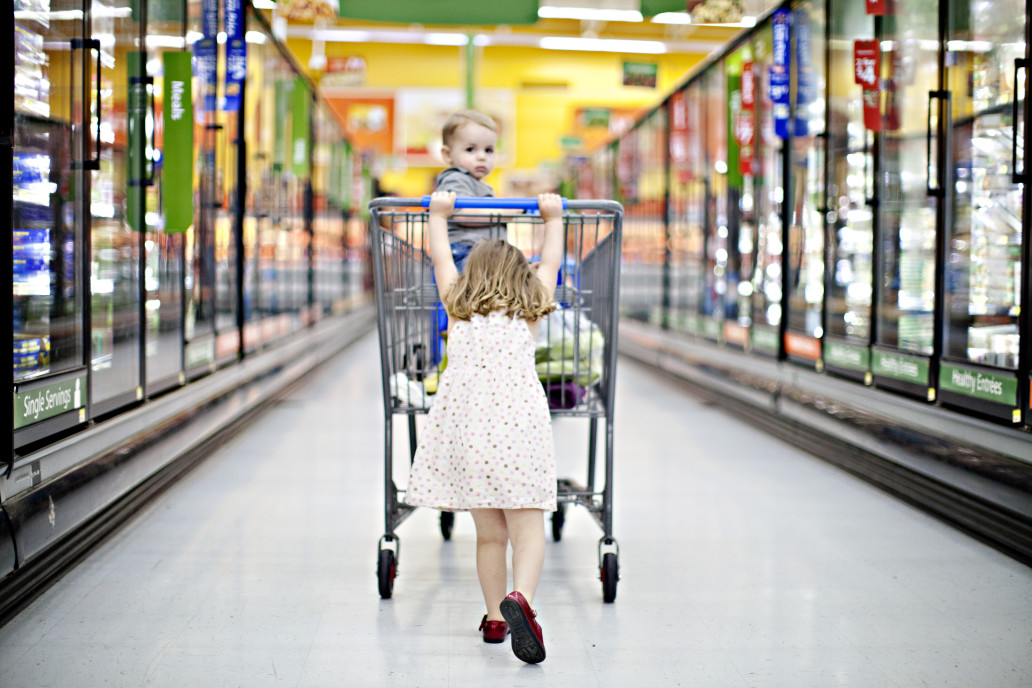The child of 2 years and 3 months

Remember that the terrible two phase lasts until 3 years of age. Then, your 2-year-old son or daughter will continue testing the limits and disputing power with you. Breathe, count to 10 and hold on.
Tantrums happen for many reasons. For you, they are exaggeration, for the child, important. She will cry and scream because she needs to stop playing, because she doesn’t want to borrow or return a toy, because she doesn’t want to bathe, change her diaper or get dressed.
He likes to have his own space to play and, at the same time, wants to bond with other children. In times when you are playing together, encourage sharing.
She makes herself understood much more easily, goes up and down stairs better, runs more safely, holds objects well and is learning to ask to go to the bathroom.
Stimuli and Games
The use of the tricycle is recommended from the age of 3, but there are smaller models, without pedals, for the child to get used to. In addition to having audible buttons and other activities.
The child is in the process of independence, some have a greater incentive to participate in what is proposed in schools. Those who are still at home, it is important to allow actions that make you more independent, like trying to wear a T-shirt, maybe.
Drag and pull toys like strollers are perfect for developing motor coordination. Puzzles, develop fine motor skills, as well as asking her to draw something she has seen.
Do you know that game you played together and it was really fun? Do it again. Babies and children learn and record by repetition. On occasions, let the child choose what he wants to play with.
If words and phrases go wrong, it is part of the learning process. Instead of correcting, how about repeating correctly? If the child says, for example, “daddy”, ask “do you want to eat?”.
Food
The child eats together with the family, practically all things are allowed. Since her stomach is even more sensitive, avoid spicy or very salty foods, which strain your kidneys.
Once in a while, let her eat a piece of pizza or eat an ice cream, but be careful that this is not constant. Not only is it bad for the child, but for everyone else in the family.
Even without much time it is possible to prepare healthy foods. Talk to a nutritionist about the ideal menu for everyone in the house and how to store it the right way to make preparation more practical.
When possible, include the child in the preparation of food, such as mixing the salad or squeezing the potatoes. Always taking care of the stove and very hot food. She will love to help, feel useful, and more encouraged to eat.
Sleep
Your participation is essential for the transition from crib to bed. Some children go through this easily, others face greater resistance. If you notice that she is not ready for this exchange yet, you can leave it in the crib for a few more months or alternate until you get used to it.
On the days she sleeps in bed, congratulate her and be happy. Otherwise, don’t fight or force, just be ready to answer when she cries asking for you or go to your room for help.
The important thing is that the child is comfortable with the change. Do it as if it were a party, with preparations. Perhaps you can prepare a special meal to celebrate when your child sleeps through the night for the first time in bed.
Having a sleep routine is favorable for the child to feel more relaxed to sleep. She feels more secure staying in the room at night and learns to vote for herself on her own.
